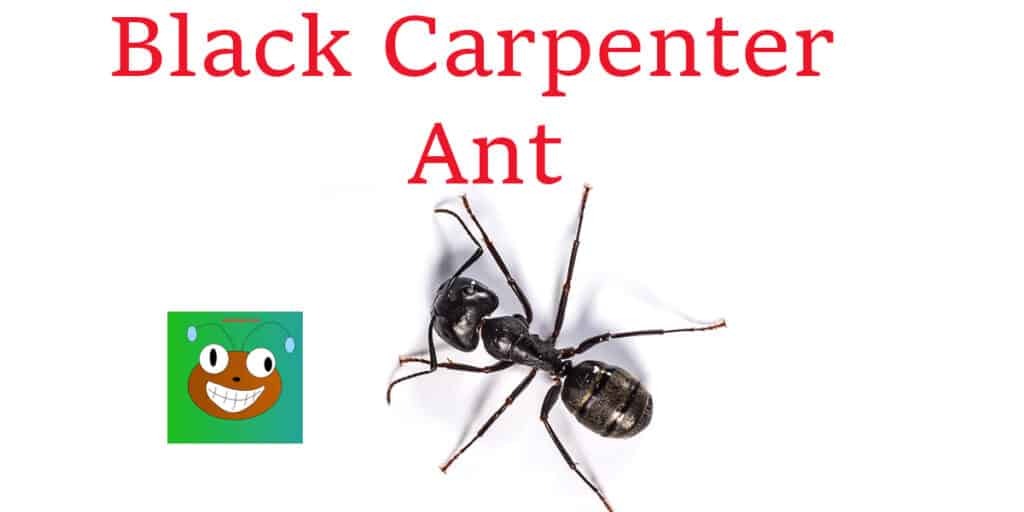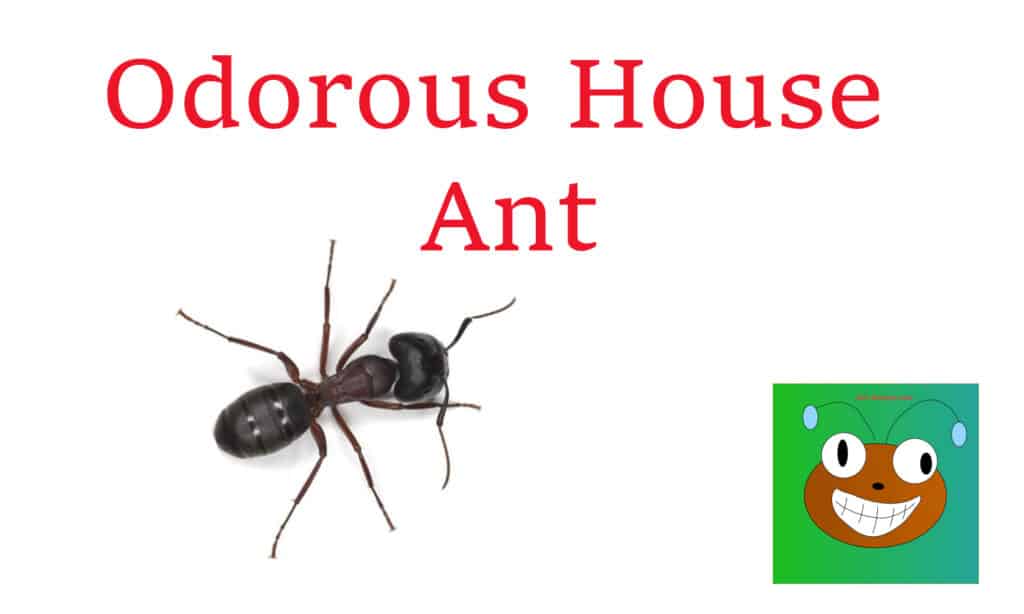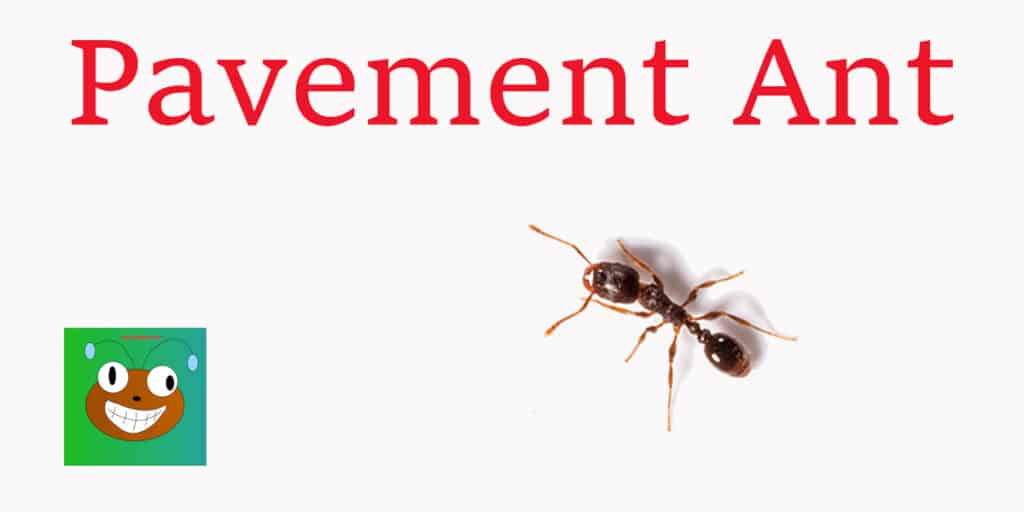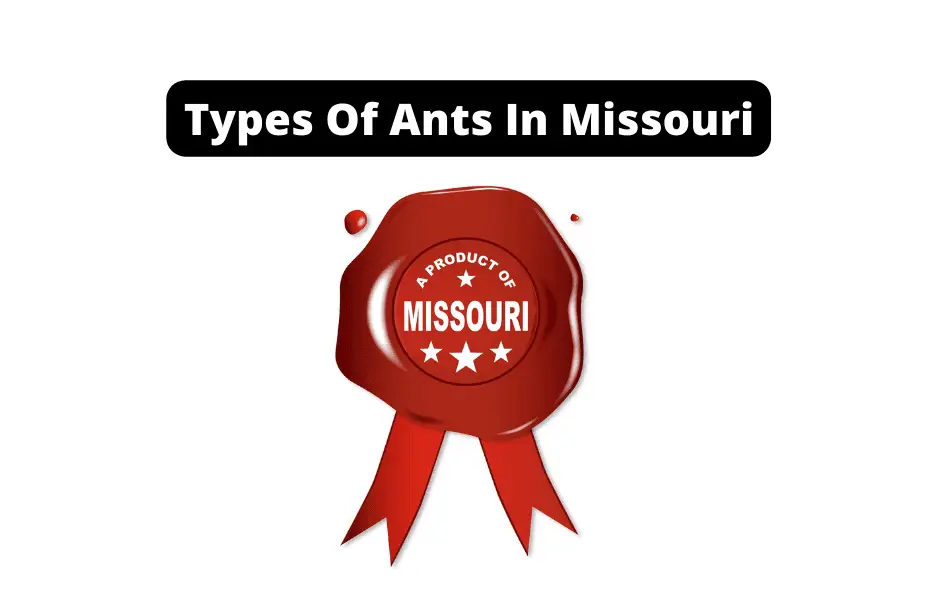Ants can be found almost everywhere in the world, but the type of ants will differ in each place.
In the Midwestern United States, Missouri is known for its vast stretches of scenic countryside, rolling hills, and the mighty Mississippi River that runs through the state.
The Gateway Arch in St. Louis is a famous landmark, and the state has many other natural and man-made attractions, such as the Lake of the Ozarks, Mark Twain Boyhood Home and Museum, and the Harry S. Truman Presidential Library and Museum.
Missouri is also famous for its barbecue food and craft beer scene, and the state hosts several festivals and events throughout the year to celebrate these.
And while we’re on the topic of unique features, we can’t forget to mention the abundance of caves and underground attractions like the Meramec Caverns and the Fantastic Caverns.
While all of this is nice, we can’t forget the cool ants that are in Missouri. These ants listed below would be perfect to start your ant-keeping journey, as they’re well-adjusted to Missouri’s humidity, water, and temperature!
Types Of Ants In Missouri
Missouri has many wonderful ants; these include Acrobat Ants, Argentine Ants, Carpenter Ants, Crazy Ants, Field Ants, Honeypot Ants, Odorous House Ants, Pavement Ants, Pharaoh Ants, and Yellow Ants.
Argentine Ant
An ant that is dominant in northern Argentina, Bolivia, Uruguay, Paraguay, and southern Brazil is called the Argentine ant, known initially as Iridomyrmex humilis.
They have spread to many different regions that have a subtropical climate. The ants can fit through fractures and openings as tiny as 1 millimeter in diameter.
These ants range in length from 1.6 to 2.8 millimeters. The Queens are taller and longer than the worker ants, measuring about 4.2–6.4 millimeters in length.

These ants will establish colonies under the dirt, in crevices in concrete pillars, within boards or timbers, or even amongst the walls in human homes.
Due to their limited capacity to construct deeper homes, they typically build shallow nesting sites in natural settings, usually behind tiny stones or scattered fallen leaves.
Nevertheless, Argentine ants will quickly take up any area, eating and invading all the different types of insects within the same ecosystem.
Carpenter Ant
Carpenter ants got their name because they dig wood to make their nests, creating neat tunnels within the wood.
These ants will only chew and burrow through the wood to build nests; Interestingly, they do not consume wood.
Depending on the species, Carpenter ants’ length ranges from 12 to 25 mm.
Carpenter ants that are black are frequent pests, but these insects can also be all-black, all-red, or all-brown.
When mature, the black western carpenter ants colony has ten to twenty thousand workers.



Incredibly, some big colonies have more than fifty thousand ants.
In most territories, there is only one active, wingless Queen. The colony must be older than two years before the production of swarmers takes place (potential new queens).
Instead, swarmers are produced the year before and kept in the nest during winter in preparation for the ensuing years’ dispersal.
In the east of the US, swarmers arrive from May through August, whereas in the west, they appear from February till June.
Crazy Ant
The Gulf Coast area has recently been overrun by the golden crazy ant, also known as Nylanderia fulva.
These American species thrive in unaltered natural settings and have been impacted by human habitation and pollution.
Infestations discovered in Houston circa 2002 are now dispersed and may be found along the Gulf Coast and the Hill Country to the northwest.
The diameter of a single infestation can measure kilometers, and they are approximately 1/8 of an inch in size.

In the areas where these ants establish themselves, they expand into incredibly dense colonies, displacing local ants and numerous arthropods, including the foreign fire ant which came earlier.
Additionally, these ants pose a hazard to all other species.
The success of creatures that need nesting sites undoubtedly decreases as the invertebrate food base shrinks.
Furthermore, because of the ant’s immense population, their own lives will be directly impacted.
The decline in the invertebrate food source affects everyone in the region, including the colony.
Field Ant
The field ant is one of Wisconsin s most prevalent insects (Formica spp.). The ants are renowned for creating substantial mounds that destroy many residential lawns’ beautiful appearance.
Subsequently, cutting the grass is challenging and prevents the development of herb and woody ornamental plants.
Field ants are pretty big, with lengths between 1.5 and 3 inches.
Some species are entirely black, while others have either a black or red color. Their hue might change.
Colonies of field ants can last for over ten years. The queen lives in each nest and produces all the embryos that eventually become infertile females (workers) or males (drones).
They mostly gather food outside, consuming both living and dead bugs alongside aphid honeydew.
Field ants do not need to be controlled in places where there is no civilization and usually dominate non-residential regions.
Odorous House Ant
The worker-odorous house ants are around 3mm long and black to dark brown.

Additionally, they have antennae that resemble a long stick.
Crushed, odorous house ants produce a pungent, rotten coconut-like stench that gives these insects their name.
Odorous house ants build their nests indoors next to moist areas, such as heaters, heater cavities along hot water pipes, under leaking fixtures, and on termite-damaged wood.
Outside, odorous ants are frequently discovered on bare soil or beneath firewood piles. Odorous house ants enjoy eating sweets and particularly enjoy consuming honeydew.
Occasionally, they eat other things, such as pet food or insects. Approximately tri-monthly, they often relocate their nests because of rain.
They create new colonies following mating flights at the end of spring and summer.
Colonies are also split by the budding process, in which a queen leaves her nest with some workers to start a new colony elsewhere.
Pavement Ant
The head and thorax of pavement ants are marked with grooves, the thorax being the only part of the body-bearing spines.
Their size is usually between 2.5 and 3 mm in length.

Pavement ants get their name because they typically make their nests under roadways, building foundations, and sidewalks.
Therefore, an area of disturbed soil near a paved surface is likely the result of pavement ant activity. Pavement ants may build their nests inside buildings near a heat source, mainly during winter.
These trailing ants consume many items, including honeydew from aphids, oily foods, seeds, and dead insects. Pavement ant colonies include up to 4,000 workers comprising several queens.
The queens are much bigger than the workers, going upwards of 9 mm in length.
The drones and young queens searching for partners are frequently spotted on nuptial flights during the end of spring and the start of summer. Drones and queens that reproduce have wings.
Pharaoh Ant
Another smaller and at about 2.4 mm (1/16 Inches), and interestingly the males and worker ants are actually the same size (not the Queen).
This ant can quickly become a nightmare if it infests your home, as it can survive even the most advanced household pest control attempts.

These ants will eat everything and are well known for infesting hospitals and other large corporate buildings that offer a cafeteria.
Because these ants don’t need soil or other substrates to create nests, they can infiltrate a building and start building out a home anywhere.
These ants do not care where they put their nest and have been seen nesting in everything from electrical wiring to underground sewage systems.
A unique (and sad) fact about Pharaoh Ants is that they have been caught feeding on the flesh of burn victims and are known for transferring diseases within hospitals.
Pyramid Ant
The popular term pyramid ant refers to the thorax’s stupa form. Despite being widespread across America, pyramid ants are much more prevalent in the southeast.
They are typically modest to medium in size. Each adult pyramid ant colony holds up to two thousand larvae with one or more queens.
The ant emits a rotten-coconut smell when it is disturbed or squashed. Pyramid ants measure around 1/8 of an inch. They have segmented bodies, and the tip of their abdomen has a pyramidal structure. A pyramid ant’s skull, thorax, and belly are brown or reddish black.
Pyramid ants build their nests in arid, sunny places like lawns, meadows, and sandy or barren terrain.
On the ground, they can be discovered hidden beneath many everyday things, like logs or benches.
Hunter-gatherers will gather and raise insects that produce honeydew, like aphids.
Pyramid ants are also notoriously predatory and carnivorous, happily consuming living and dead bugs and even fire ants.
